What is Indexable Tooling and How It Revolutionizes Modern Machining?
In today's fast-paced manufacturing environment, the relevance of efficient tooling solutions cannot be overstated. Indexable tooling has emerged as a game-changer in modern machining processes, offering unparalleled versatility and cost-effectiveness. According to a report by Research and Markets, the global indexable tooling market is projected to grow significantly, reaching $7.1 billion by 2026, driven by industries seeking to enhance productivity and reduce downtime. By allowing for the replacement of only the cutting edge rather than the entire tool, indexable tooling not only lowers material costs but also minimizes waste, contributing to more sustainable manufacturing practices. As companies strive for operational excellence, the adoption of indexable tooling has become a strategic imperative, enabling them to meet the increasing demands for precision and efficiency in production.
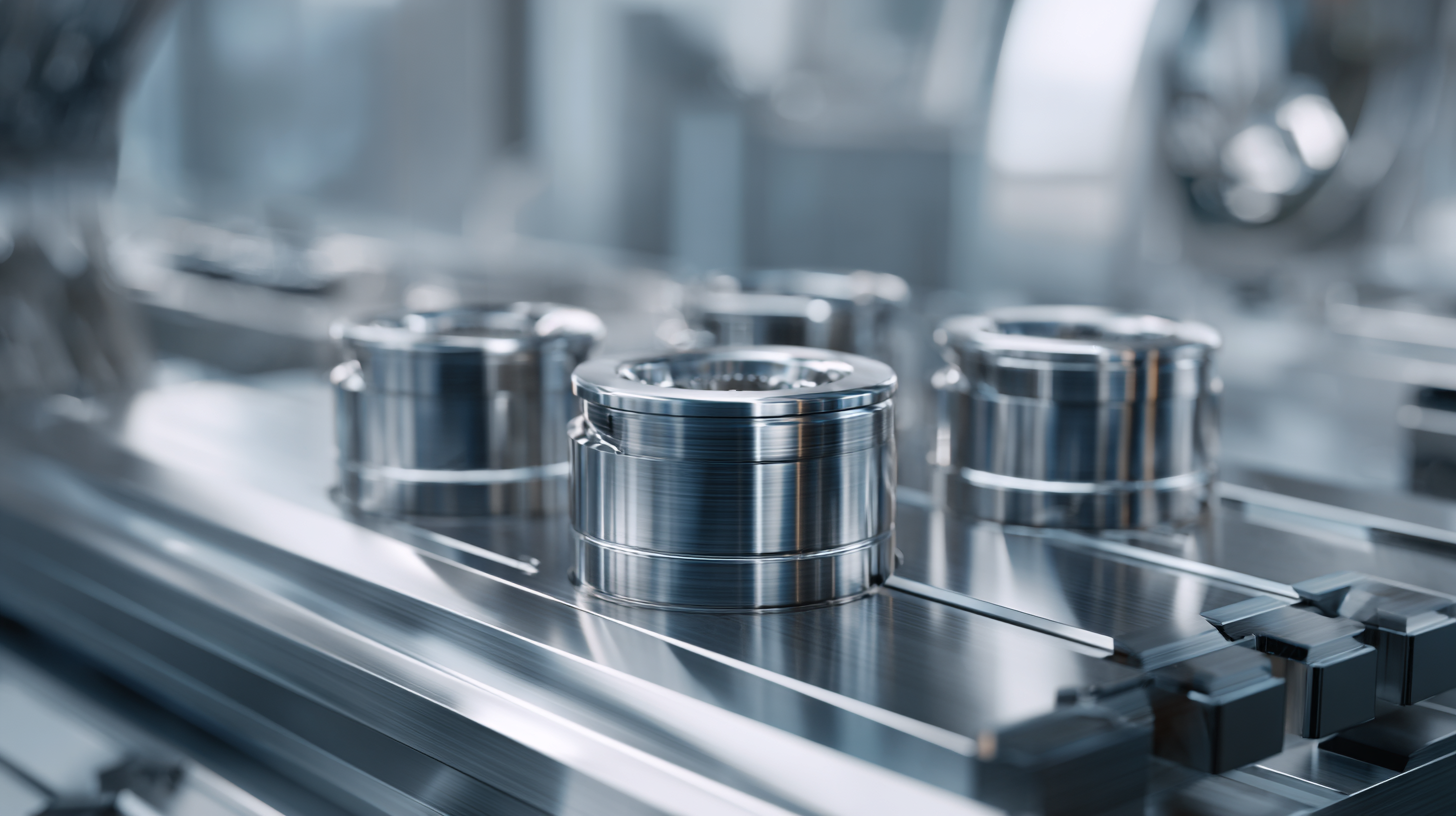
Understanding the Basics of Indexable Tooling in Machining
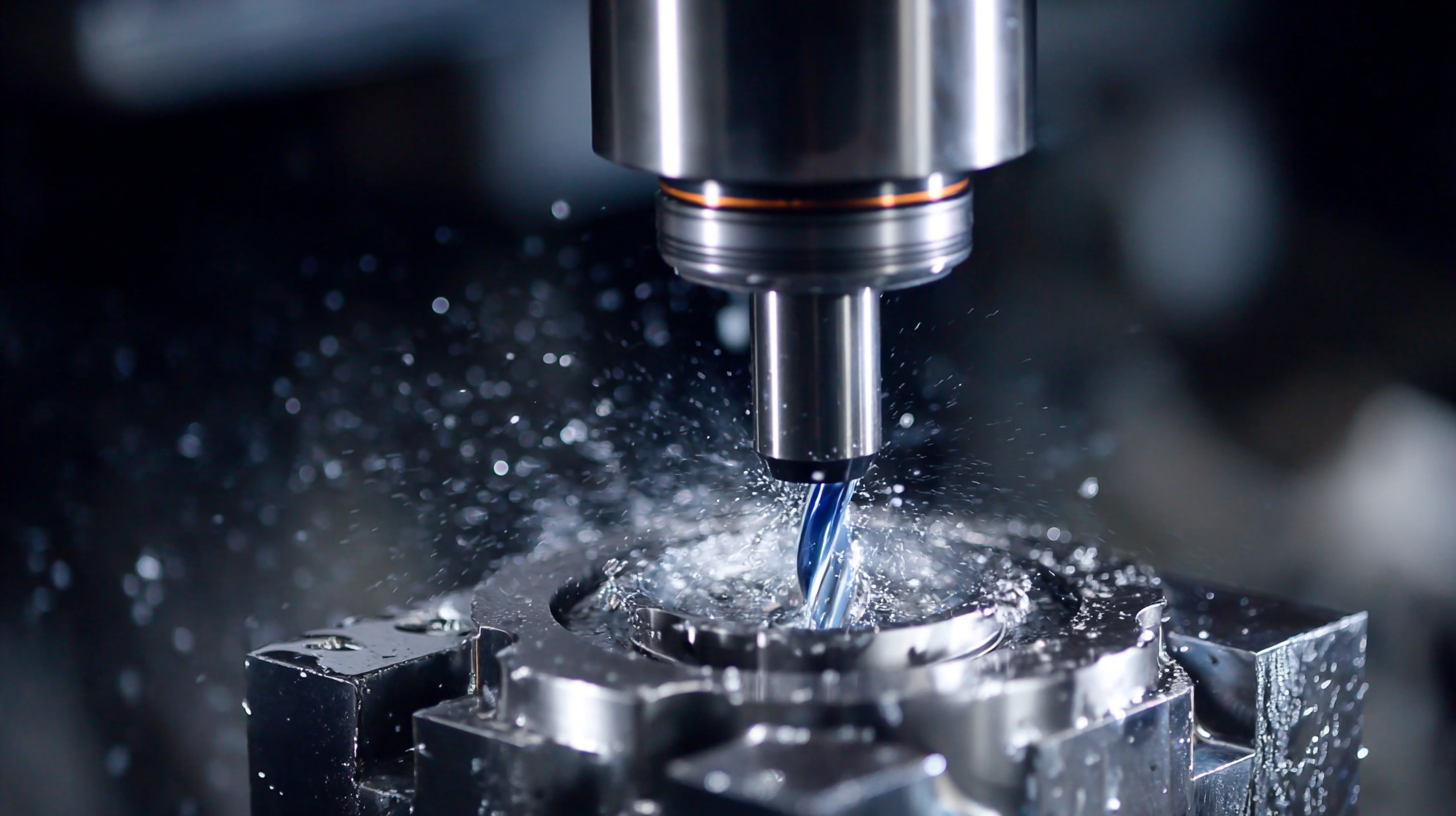 Indexable tooling has become a cornerstone in modern machining, streamlining processes and enhancing efficiency. Understanding the basics of this innovative approach reveals its transformative impact. Indexable tools feature replaceable cutting inserts that can be rotated or flipped once they wear down, significantly reducing downtime and tool costs compared to traditional solid tooling. This adaptability allows machinists to quickly switch to a fresh cutting edge without needing to replace the entire tool, leading to higher productivity and lower operational expenses.
Indexable tooling has become a cornerstone in modern machining, streamlining processes and enhancing efficiency. Understanding the basics of this innovative approach reveals its transformative impact. Indexable tools feature replaceable cutting inserts that can be rotated or flipped once they wear down, significantly reducing downtime and tool costs compared to traditional solid tooling. This adaptability allows machinists to quickly switch to a fresh cutting edge without needing to replace the entire tool, leading to higher productivity and lower operational expenses.
In the context of CNC machining, indexable tooling has gained traction alongside advanced techniques like Swiss-type machining. Once considered a niche technology, CNC Swiss-type machines are increasingly integrated into shops that predominantly utilize conventional CNC units. This trend underscores the industry's shift towards more versatile and efficient machining solutions. By leveraging indexable tooling within these high-precision Swiss-type environments, manufacturers can achieve greater precision and minimize material waste, highlighting the integral role of indexable tooling in modern manufacturing practices.
Benefits of Indexable Tooling: Efficiency and Cost Savings
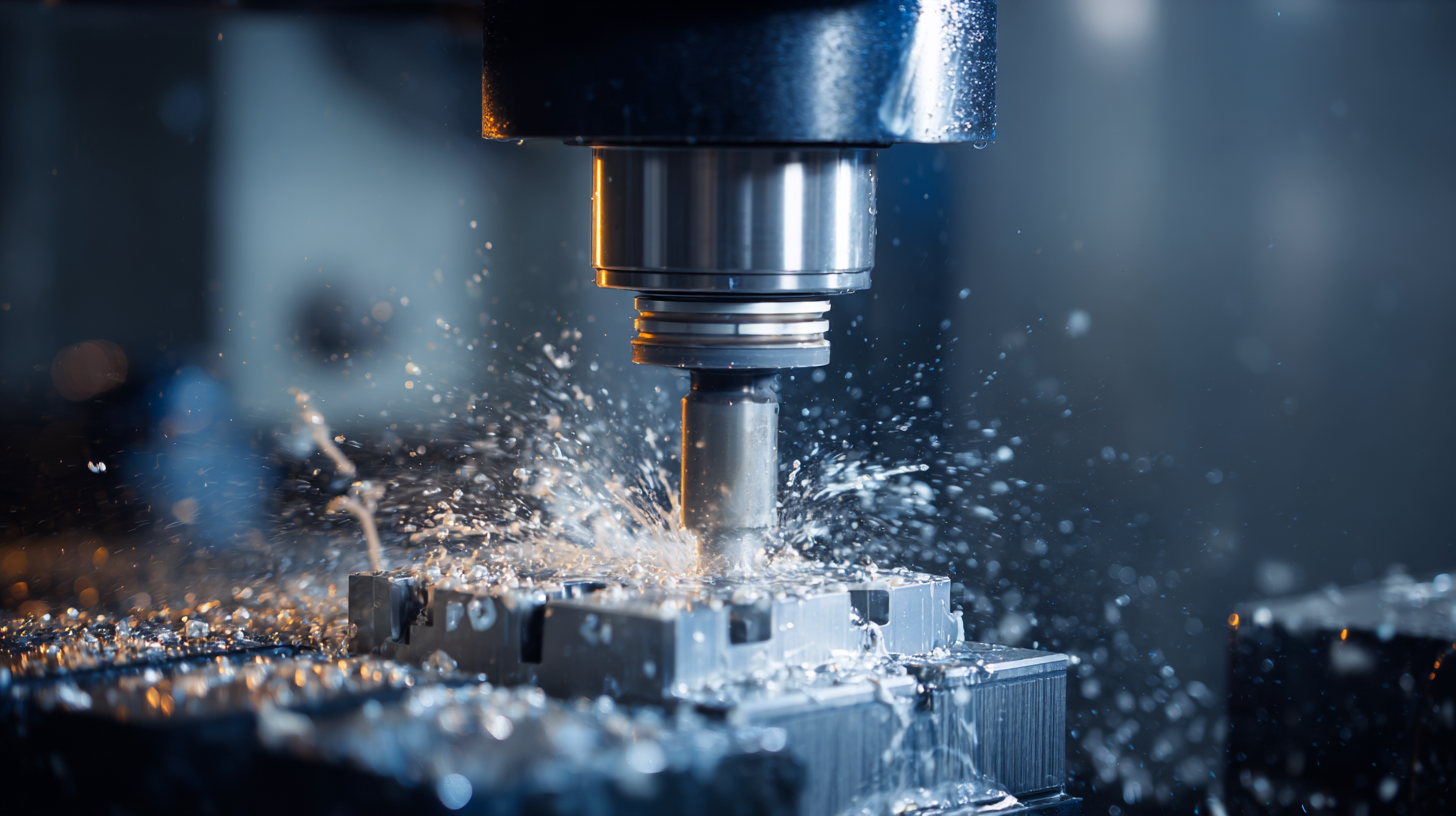 Indexable tooling has emerged as a game-changer in the machining industry, providing significant efficiency and cost-saving benefits. By utilizing replaceable cutting edges, manufacturers can dramatically reduce downtime associated with tool changes and maintenance. This flexibility allows for longer production runs, ensuring that machines operate at optimal capacity. Moreover, as indexable tools often come with a longer lifespan compared to traditional tools, companies can experience substantial savings in tooling costs over time.
Indexable tooling has emerged as a game-changer in the machining industry, providing significant efficiency and cost-saving benefits. By utilizing replaceable cutting edges, manufacturers can dramatically reduce downtime associated with tool changes and maintenance. This flexibility allows for longer production runs, ensuring that machines operate at optimal capacity. Moreover, as indexable tools often come with a longer lifespan compared to traditional tools, companies can experience substantial savings in tooling costs over time.
Tip: Regularly inspect and maintain your indexable tools to maximize their lifespan and effectiveness. Implementing a routine check can help identify wear and tear early, preventing costly disruptions during production.
Additionally, indexable tooling enhances precision and consistency in machining processes. With advanced designs, these tools can be customized for various applications, ensuring that they meet the specific needs of different projects. This adaptability not only boosts productivity by minimizing the need for multiple tool setups but also ensures that each part produced meets stringent quality standards.
Tip: Invest in training for your team on the latest indexable tooling technologies. Keeping your operators informed about best practices can lead to better results and a more efficient workflow.
Comparing Traditional Tools with Indexable Tooling Solutions
Indexable tooling has emerged as a game-changer in modern machining, offering significant advantages over traditional tools. While traditional tools are often limited by their single-use design, indexable tooling allows operators to replace just the cutting edge, effectively extending tool life and reducing costs. According to a report by the Association for Manufacturing Technology, indexable tools can decrease machining costs by up to 30%, which is particularly beneficial for industries that prioritize efficiency and cost-effectiveness.
Furthermore, indexable tooling enhances flexibility in machining operations. Unlike traditional tools that require complete replacement when worn, indexable solutions can be easily rotated or changed to present a new cutting edge, minimizing downtime. A study by the National Institute of Standards and Technology indicates that this can lead to a 20% increase in productivity for organizations that adopt indexable tooling systems. As manufacturers strive for greater efficiency amid rising material costs, the shift towards indexable tooling solutions is becoming increasingly strategic, highlighting the contrast between traditional machining methods and modern, adaptable techniques.
The Impact of Indexable Tooling on Precision and Quality Standards
Indexable tooling has profoundly transformed modern machining, significantly impacting precision and quality standards in manufacturing. By allowing for the quick replacement of tool tips, indexable tools minimize downtime and enhance productivity. This flexibility means that manufacturers can achieve tighter tolerances and maintain high-quality finishes without the need for constant recalibration or replacement of entire tools. Consequently, operations that rely on indexable tooling can produce consistent results, meeting the stringent demands of today’s competitive landscape.
Tip: Regularly inspect your indexable tools for wear and tear. A well-maintained tool not only performs better but also ensures that the precision and quality of your machining are consistently high.
The precision offered by indexable tooling is crucial in applications where minute deviations can lead to significant product failures. By leveraging these tools, manufacturers can maintain exacting standards essential for industries such as aerospace, automotive, and medical device production. The ability to change cutting edges quickly while ensuring reliable performance helps companies adhere to quality protocols, reducing scrap and rework while optimizing resource utilization.
Tip: Keep an organized inventory of different insert types to ensure quick access to the right tool for the application at hand, streamlining your workflow and minimizing idle time.
Future Trends: How Indexable Tooling Will Shape Machining Technology
Indexable tooling represents a significant leap in machining technology, offering enhanced flexibility and efficiency that caters to the ever-evolving demands of the manufacturing industry. One of the most exciting future trends in this arena is the integration of smart technology into indexable tooling systems. This includes features like real-time monitoring and adaptive control systems that can automatically adjust machining parameters based on wear or performance data. Such advancements would not only increase precision but also minimize downtime by allowing for proactive maintenance before costly failures occur.
Moreover, as sustainability becomes a critical focus across industries, indexable tooling is emerging as a champion for eco-friendly practices. The ability to reuse and replace individual cutting inserts reduces waste and the need for entirely new fixtures, aligning machining processes with sustainable manufacturing principles. The future of machining technology is set to embrace these innovations, making indexable tooling not just a practical choice, but a transformative one that enhances operational performance while adhering to environmental standards. This paradigm shift will ultimately reshape production strategies, paving the way for more efficient and responsible machining operations.
What is Indexable Tooling and How It Revolutionizes Modern Machining?
| Dimension | Details |
|---|---|
| Tool Material | Carbide, Cermet, Ceramic, HSS |
| Application Industries | Aerospace, Automotive, General Manufacturing, Oil & Gas |
| Benefits | Reduced Tool Change Time, Increased Productivity, Cost Efficiency |
| Future Trends | Smart Tooling, Integration with IoT, Enhanced Tool Life Monitoring |
| Common Types | Turning Inserts, Milling Cutters, Boring Bars, Threading Tools |
Related Posts
-
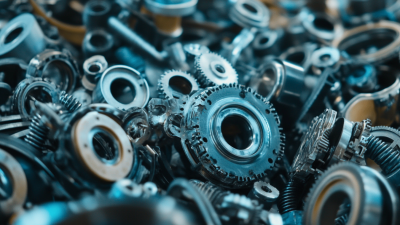
5 Essential Tips for Global Buyers: Maximizing ROI with Indexable Tooling in Manufacturing
-
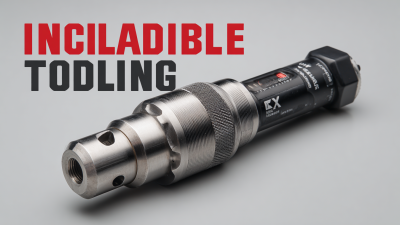
Discover the Future of Best Indexable Tooling in 2023
-

10 Amazing Benefits of Indexable Milling Cutters for Your Manufacturing Needs
-
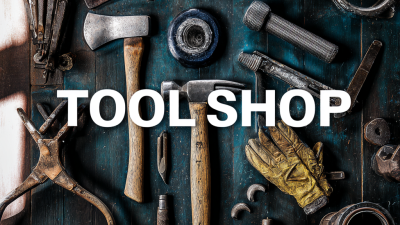
Global Buyers Discover the Excellence of Chinese Manufacturing with Best Tools Shop
-
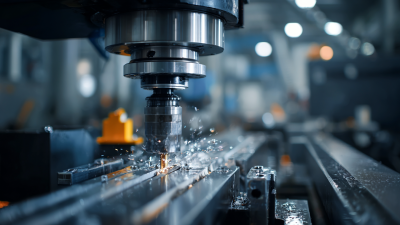
Maximizing Efficiency: The Benefits of Best Indexable Tool Repair for Your Business
-

Unlocking the Potential of Carbide Cutters for Precision Manufacturing Needs

